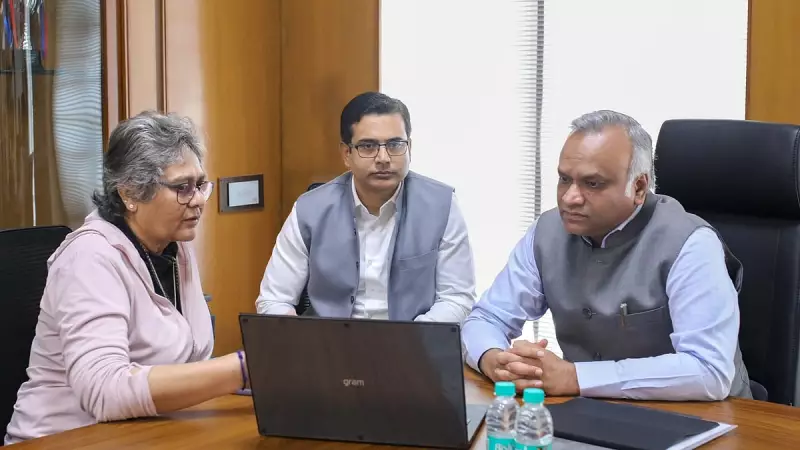
Karnataka's Severe Drought Crisis Demands Innovative Solutions
The southern Indian state of Karnataka is confronting an alarming water scarcity situation that has prompted government authorities to explore cutting-edge technological interventions. According to recent assessments, approximately 80% of Karnataka's geographical area remains vulnerable to drought conditions, with numerous taluks experiencing prolonged dry spells exceeding three consecutive weeks.
Groundbreaking Air-to-Water Technology Pilot
In response to this escalating crisis, the state government has initiated plans to deploy innovative air-to-water technology across the most severely affected regions. This pioneering approach represents a significant shift from traditional water management strategies and demonstrates Karnataka's commitment to leveraging technological advancements against environmental challenges.
The planned pilot project, announced in November 2025, aims to extract moisture directly from the atmosphere and convert it into potable water. This method could provide a sustainable alternative water source for communities grappling with depleted groundwater reserves and unreliable rainfall patterns.
Understanding the Scale of the Problem
The drought situation in Karnataka has reached critical proportions, with meteorological data revealing persistent dry conditions across multiple districts. Many agricultural regions have witnessed prolonged dry spells lasting over three weeks, severely impacting crop yields, livestock sustainability, and daily water availability for rural households.
Traditional water sources including reservoirs, lakes, and underground aquifers have shown significant depletion, compounding the challenges faced by farmers and residents alike. The state's geographical vulnerability to drought has been systematically documented, with current conditions representing one of the most severe water crises in recent years.
Potential Impact and Future Prospects
If successfully implemented, the air-to-water technology initiative could revolutionize drought management strategies not only in Karnataka but across other drought-prone regions of India. The pilot project represents a crucial testing phase that will determine the scalability and economic viability of atmospheric water generation for large-scale community use.
State officials and water resource experts are closely monitoring the development, recognizing that innovative solutions become increasingly vital as climate patterns continue to shift. The technology's performance in Karnataka's specific environmental conditions will provide valuable data for future water security planning throughout the country.
As the situation evolves, all eyes remain on Karnataka's bold experiment with atmospheric water generation—a potential game-changer in the ongoing battle against water scarcity and climate-induced drought conditions.





